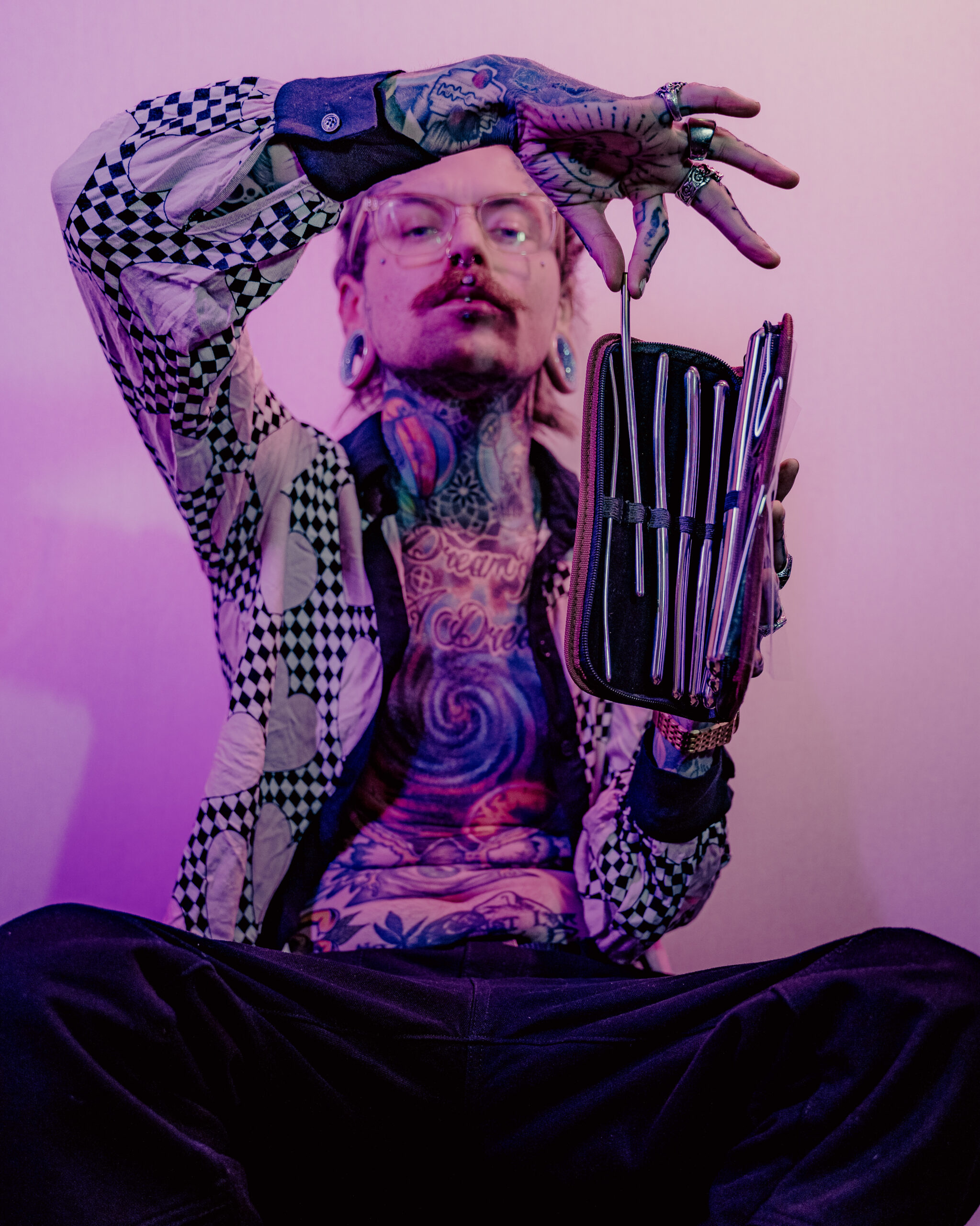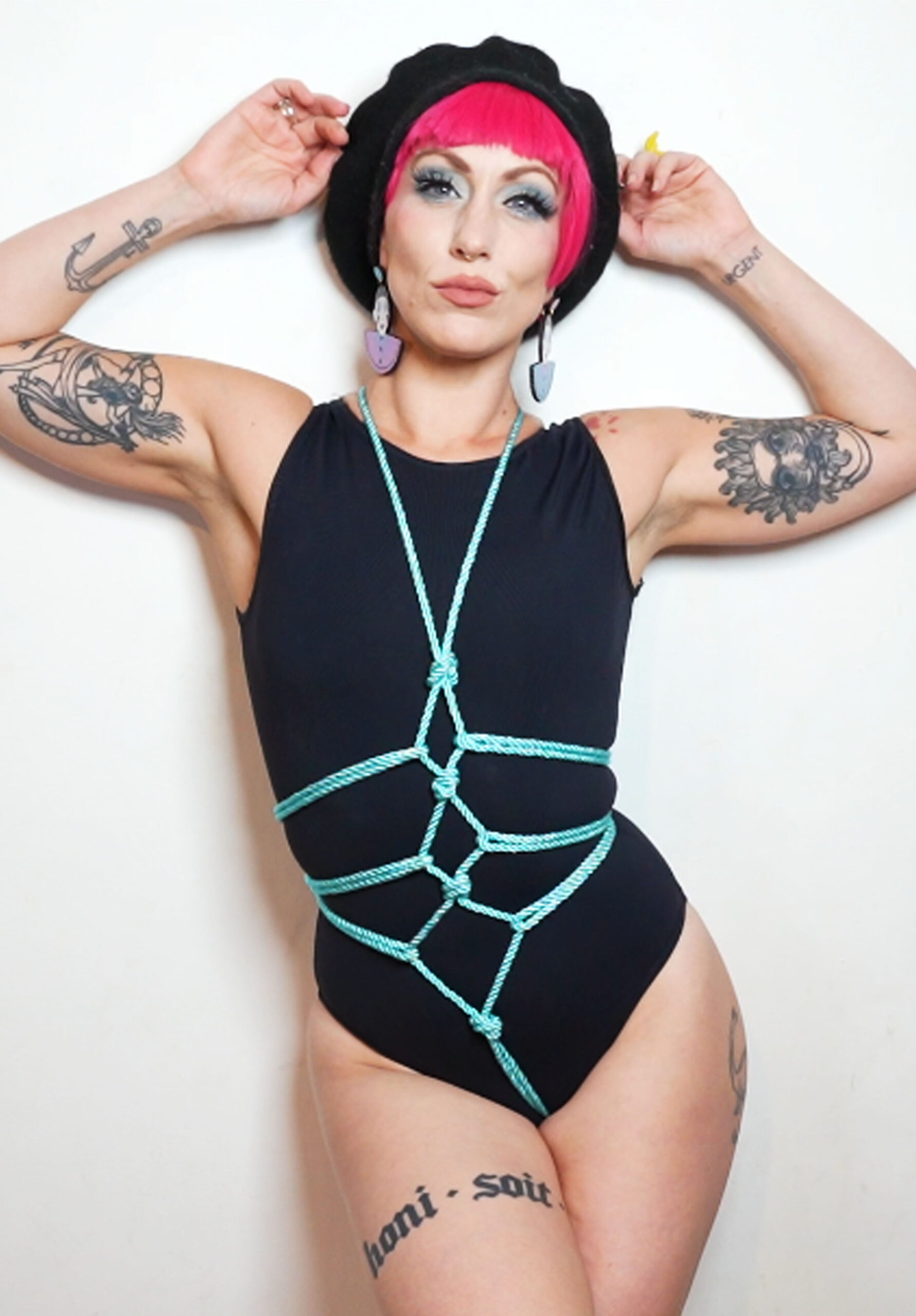Understanding Skoliosexuality
Skoliosexuality, a term relatively new to mainstream discourse, delves into an aspect of human attraction that defies easy categorization. It refers to individuals who are attracted to those whose gender identity differs from their own, particularly focusing on the experience of attraction to someone who identifies as neither exclusively male nor female (non-binary). Understanding skoliosexuality requires navigating complex social and cultural norms surrounding gender and sexuality, ultimately leading to a richer appreciation for the diversity of human experiences.
Definition and Key Characteristics
Skoliosexuality is an umbrella term encompassing romantic or sexual attraction towards individuals whose gender identity differs from one’s own. Specifically, it centers on attraction to individuals who identify as non-binary, meaning they do not exclusively identify as male or female. It’s important to note that skoliosexuality is distinct from pansexuality, which encompasses attraction to all genders regardless of their expression or identity.
Key characteristics of skoliosexuality include an awareness and understanding of gender identity as separate from assigned sex at birth, a recognition of the fluidity of gender expression, and a focus on building connections based on genuine compatibility rather than conforming to societal expectations. Individuals who identify as skoliosexual may experience attraction that transcends traditional binary categories of male and female, recognizing and celebrating the spectrum of gender identities.
Historical Context and Evolution of Terminology
Skoliosexuality’s emergence into common language is a relatively recent phenomenon, reflecting evolving understandings of gender identity and sexual orientation. Prior to its adoption, individuals with this experience may have used other terms or navigated their attractions without a specific label.
The increasing visibility of non-binary identities has played a crucial role in the development of skoliosexuality as a term. As more people embrace gender expressions outside the traditional binary, the need for nuanced language to describe attraction patterns becomes more apparent. This shift aligns with broader social progress towards inclusivity and recognition of diverse gender identities.
The evolution of terminology surrounding sexuality is a continuous process, shaped by lived experiences and societal shifts. As understanding deepens and language evolves, terms like skoliosexuality offer valuable tools for self-identification, fostering a more inclusive and accepting environment for individuals who identify with this particular experience of attraction.
Distinguishing Skoliosexuality from Other Sexual Orientations
Skoliosexuality, a term relatively new to mainstream discourse, delves into an aspect of human attraction that defies easy categorization. It refers to individuals who are attracted to those whose gender identity differs from their own, particularly focusing on the experience of attraction to someone who identifies as neither exclusively male nor female (non-binary).
Understanding skoliosexuality requires navigating complex social and cultural norms surrounding gender and sexuality, ultimately leading to a richer appreciation for the diversity of human experiences.
Skoliosexuality is an umbrella term encompassing romantic or sexual attraction towards individuals whose gender identity differs from one’s own. Specifically, it centers on attraction to individuals who identify as non-binary, meaning they do not exclusively identify as male or female. It’s important to note that skoliosexuality is distinct from pansexuality, which encompasses attraction to all genders regardless of their expression or identity.
- Key characteristics of skoliosexuality include an awareness and understanding of gender identity as separate from assigned sex at birth,
- a recognition of the fluidity of gender expression,
- and a focus on building connections based on genuine compatibility rather than conforming to societal expectations.
Individuals who identify as skoliosexual may experience attraction that transcends traditional binary categories of male and female, recognizing and celebrating the spectrum of gender identities.

Skoliosexuality’s emergence into common language is a relatively recent phenomenon, reflecting evolving understandings of gender identity and sexual orientation. Prior to its adoption, individuals with this experience may have used other terms or navigated their attractions without a specific label.
The increasing visibility of non-binary identities has played a crucial role in the development of skoliosexuality as a term. As more people embrace gender expressions outside the traditional binary, the need for nuanced language to describe attraction patterns becomes more apparent. This shift aligns with broader social progress towards inclusivity and recognition of diverse gender identities.
The evolution of terminology surrounding sexuality is a continuous process, shaped by lived experiences and societal shifts. As understanding deepens and language evolves, terms like skoliosexuality offer valuable tools for self-identification, fostering a more inclusive and accepting environment for individuals who identify with this particular experience of attraction.
Skoliosexuality on the Spectrum of Attraction
Skoliosexuality is a relatively new term describing attraction to individuals whose gender identity differs from one’s own, particularly those who identify as non-binary. This means someone who is not exclusively male or female. Understanding skoliosexuality requires acknowledging the complexities of gender identity and sexuality, moving beyond traditional binary categories.
Intersectional Considerations: Gender Identity, Sexuality, and Expression
Skoliosexuality sits within the broader spectrum of attraction, highlighting the diverse ways individuals experience romantic and sexual feelings. It’s crucial to recognize that attraction is not confined to strict definitions or categories.

Intersectional considerations are essential when discussing skoliosexuality. Gender identity intersects with other aspects of a person’s identity, including sexuality, race, ethnicity, class, and ability. Individuals who identify as skoliosexual may also identify as members of various social groups, each influencing their experiences and perspectives.
For example, a Black non-binary individual attracted to another non-binary person might face unique challenges and experiences compared to a white non-binary person in the same situation. Recognizing these intersections allows for a more nuanced understanding of how skoliosexuality manifests differently across individuals and communities.
Relationship Dynamics and Experiences within the Skoliosexual Community
Skoliosexual relationships, like any other, are diverse and unique. Some skoliosexual individuals may form monogamous partnerships, while others may explore polyamorous or open relationships.
Communication, respect, and understanding are crucial for healthy relationships within the skoliosexual community, just as they are in any relationship dynamic.
Building trust and fostering a supportive environment where both partners feel safe to express themselves authentically are essential components of successful skoliosexual relationships.
The skoliosexual community is characterized by its inclusivity and commitment to supporting individuals who identify with this experience of attraction.
Online forums, social media groups, and local meetups provide spaces for skoliosexual individuals to connect, share their experiences, and build a sense of belonging.
These platforms offer opportunities for education, support, and advocacy, fostering a more understanding and inclusive society that embraces the diversity of human experiences.
Challenges and Stigma Faced by Skoliosexual Individuals
Skoliosexuality, while gaining visibility, still faces significant challenges and stigma. Due to the relatively new nature of the term and the evolving understanding of gender identity, many individuals may not be aware of skoliosexuality or struggle to understand its complexities. This lack of awareness can lead to misunderstandings, prejudice, and discrimination against skoliosexual individuals.
Societal Misconceptions and Lack of Awareness

Skoliosexual individuals often face challenges related to societal misconceptions and a lack of understanding surrounding their experiences.
- One significant challenge is the prevalence of biphobia and transphobia, which can extend to skoliosexuality. Individuals who identify as skoliosexual may encounter negative attitudes or prejudice based on assumptions about their sexuality or gender identity.
- Another challenge stems from limited representation and visibility of skoliosexuality in media, popular culture, and public discourse. This lack of representation can contribute to feelings of isolation and invisibility for skoliosexual individuals.
- Access to affirming healthcare and mental health services can also be a barrier for some skoliosexual individuals. Finding providers who understand and are sensitive to their needs can be difficult.
Overcoming these challenges requires continued education, advocacy, and the creation of inclusive spaces where skoliosexual individuals feel safe and supported.
Discrimination and Prejudice Within Relationships and Social Settings
Skoliosexuality, while gaining visibility, still faces significant challenges and stigma. Due to the relatively new nature of the term and the evolving understanding of gender identity, many individuals may not be aware of skoliosexuality or struggle to understand its complexities. This lack of awareness can lead to misunderstandings, prejudice, and discrimination against skoliosexual individuals.
Skoliosexual individuals often face challenges related to societal misconceptions and a lack of understanding surrounding their experiences. One significant challenge is the prevalence of biphobia and transphobia, which can extend to skoliosexuality. Individuals who identify as skoliosexual may encounter negative attitudes or prejudice based on assumptions about their sexuality or gender identity.
Another challenge stems from limited representation and visibility of skoliosexuality in media, popular culture, and public discourse. This lack of representation can contribute to feelings of isolation and invisibility for skoliosexual individuals.
Access to affirming healthcare and mental health services can also be a barrier for some skoliosexual individuals. Finding providers who understand and are sensitive to their needs can be difficult.
Within relationships, skoliosexual individuals may encounter prejudice from family or friends who struggle to comprehend their attractions. This lack of understanding can lead to strained relationships and emotional distress.
In social settings, skoliosexual individuals may face microaggressions or subtle forms of discrimination based on assumptions about their gender identity or sexual orientation. These experiences can create an uncomfortable or hostile environment and contribute to feelings of alienation.
Overcoming these challenges requires continued education, advocacy, and the creation of inclusive spaces where skoliosexual individuals feel safe and supported. Increased visibility in media, accurate representation in educational materials, and open dialogues about gender identity and sexuality can help foster greater understanding and acceptance.
Advocacy and Support for Skoliosexual Individuals
Advocacy for skoliosexual individuals is crucial in creating a society that embraces the diversity of human experiences. This advocacy aims to ensure that skoliosexual individuals have equal rights, access to resources, and a sense of belonging.
Importance of Visibility and Representation in Media and Culture
Advocating for skoliosexual individuals is essential for fostering a more inclusive and equitable society. It involves working towards dismantling societal stigma, promoting understanding, and ensuring equal rights and opportunities.
One key aspect of advocacy is raising awareness about skoliosexuality. Educating the public about what it means to be skoliosexual, dispelling myths and misconceptions, and highlighting the diverse experiences within this community can help create a more informed and accepting environment.
Representation matters greatly. Seeing skoliosexual individuals portrayed authentically in media, literature, and other forms of popular culture can normalize their experiences and make them feel seen and validated.
Advocacy also involves pushing for policies that protect the rights of skoliosexual individuals. This includes advocating for non-discrimination laws in areas such as employment, housing, and healthcare, ensuring equal access to services, and promoting inclusive educational environments.
Creating safe spaces for skoliosexual individuals to connect, share their experiences, and find support is crucial. Supporting organizations that work with the LGBTQ+ community, including those specifically focused on skoliosexuality, can provide invaluable resources and a sense of belonging.
Ultimately, advocating for skoliosexual individuals is about fighting for equality, justice, and the right to live authentically without fear of prejudice or discrimination.
Resources and Organizations Providing Support and Information
Skoliosexuality is gaining recognition as a distinct sexual orientation, but it’s essential to remember that resources specifically dedicated to skoliosexuality are still developing. Many organizations supporting LGBTQ+ individuals broadly also provide valuable information and support for those who identify as skoliosexual.
-
The Trevor Project:**
This organization offers crisis intervention and suicide prevention services to LGBTQ+ youth, including skoliosexual individuals. They provide 24/7 phone, text, and online chat support. Their website also contains valuable resources on identity, relationships, and navigating challenges.
-
GLAAD:**
GLAAD works to promote LGBTQ+ acceptance through media advocacy. Their resources encompass information about skoliosexuality, combating negative stereotypes, and promoting inclusive representation in entertainment.
-
Human Rights Campaign (HRC):**
The HRC is a leading civil rights organization fighting for LGBTQ+ equality. They offer legal resources, advocacy efforts, and educational materials on various topics, including skoliosexuality.
-
PFLAG:**
PFLAG (Parents, Families, and Friends of Lesbians and Gays) provides support for LGBTQ+ individuals and their families. Their chapters across the country offer a network of understanding and connection, welcoming skoliosexual individuals and their loved ones.
-
Gender Spectrum:**
This organization focuses on gender identity and expression, offering resources and support to transgender, non-binary, and gender-expansive individuals. Their website includes information relevant to skoliosexuality and provides guidance for creating inclusive environments.
Additionally, searching online for “skoliosexual support groups” or “skoliosexual forums” can connect you with online communities where individuals share experiences, offer advice, and build a sense of belonging.
Remember, you are not alone. Resources and support are available to help you navigate your journey as a skoliosexual individual.
soft dildos
Gifted Brits
Racinne USA
- Does Profhilo Work On Smokers Lines? - July 1, 2025
- Dermal Fillers Near Worplesdon, Surrey - June 27, 2025
- Dermal Fillers Near Holmbury St Mary, Surrey - June 26, 2025
